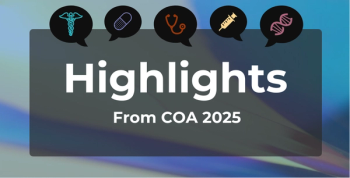
Dr Michael Thase Discusses Treating Major Depressive Disorder
In the last 30 years, there have been easier to prescribe, safer antidepressants for major depressive disorder, as well as the introduction of easy-to-learn approaches to therapy, but 40% or so of people suffering from depression aren’t in treatment, explained Michael Thase, MD, professor of psychiatry and director of the Mood and Anxiety Program at the University of Pennsylvania.
Michael Thase, MD, professor of psychiatry and director of the Mood and Anxiety Program at the University of Pennsylvania, explains how major depressive disorder is typically treated, as well as the greatest challenges in treating the disorder.
TranscriptHow is major depressive disorder typically treated?
The largest public health advance in the care of depression in the last 30 years was the introduction of easier to prescribe, safer antidepressants that made it possible for many depressed patients to be treated in primary care. At the same time, relatively easy-to-learn approaches to therapy involving core interpersonal issues or cognitive behavioral strategies also became increasingly available.
Now, these treatments aren’t as widely and broadly available as pharmacotherapy, and, sometimes, they’re used in combination with pharmacotherapy. But, between the newer generation antidepressants and the focused psychotherapies, probably 6 or 7 out of 10 depressed people seeking care in the outpatient side of the world can get better within 3 or 4 months.
What are the greatest challenges in treating this disorder?
So, the number one challenge is that, at any moment in time, 40% or so of people suffering from depression aren’t in treatment whatsoever. So, ways of making the benefits of treatment more broadly known and more accessible to people is one challenge. Another challenge, of course, is for the people who seek treatment but for whom our standard treatments aren’t effective. And there’s a subset, maybe as large as 20% or 25% for whom our standards medications and standard therapies don’t work.
Newsletter
Stay ahead of policy, cost, and value—subscribe to AJMC for expert insights at the intersection of clinical care and health economics.








